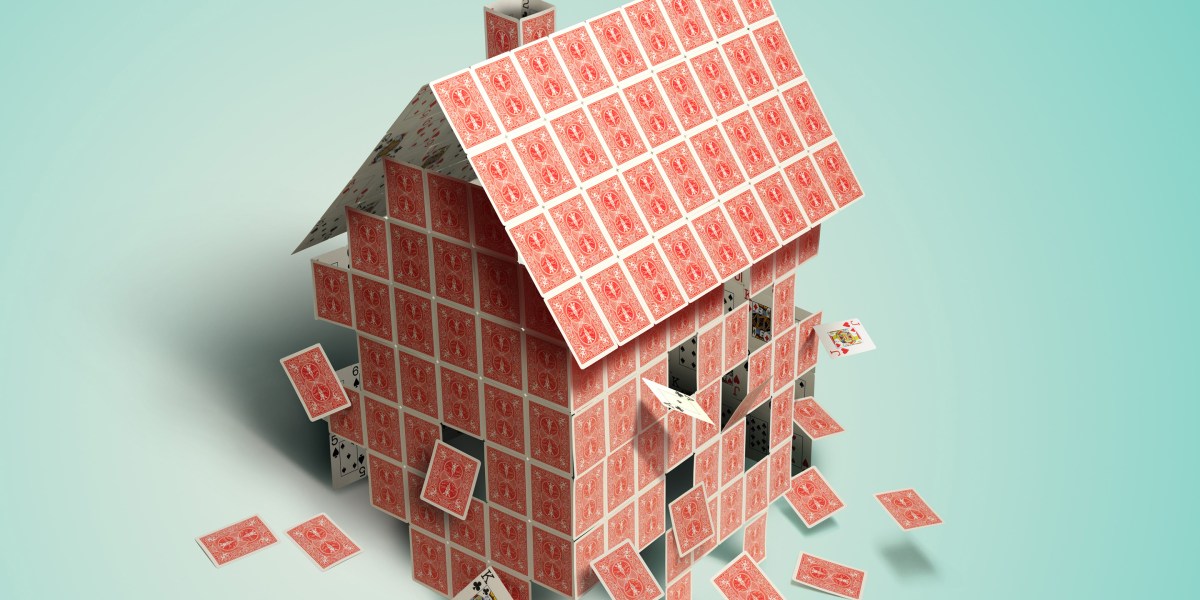It’s no secret that America is an increasingly polarized nation. It stands to follow that our places of residence would also be divided. But instead of a donkey and an elephant, the new emblems of each party might as well be an unowned apartment in a big city and a home in the suburbs. Just consider what Aziz Sunderji has stumbled onto.
For nearly three years, Sunderji has been writing Home Economics, a Substack that has morphed from a graphic meditation on personal finance issues to a specific housing focus. With almost 14 years as a Barclays analyst under his belt, along with a stint as a graphics reporter at the Wall Street Journal, Sunderji dives deep into data, and has become increasingly housing-oriented. For instance, he was published in the Financial Times in January 2023 with a stark warning: “Spare a thought for the American first-time homebuyer, for whom things have rarely looked so grim.” But grimness has shades.
As Sunderji recently explained in a post called “The politics of housing: owner/renter polarization,” he’s surprised by what he’s found after intensive analysis. “I had not imagined how much of a stark divide there is between renters and owners,” he told Fortune in an interview.
Sunderji’s analysis dove into data from the American National Election Studies (which surveys thousands of households) and found homeowners are twice as likely to identify themselves as strongly Republican than renters—and renters far more often identify themselves as strongly Democrat. And the gap between homeowners who identify as strongly Republican compared to renters amounts to roughly 14%, his recent analysis showed. In the dataset, there was a seven-point scale in which voters were asked to gauge their political affiliation, and “the most common response from renters is that they are strong Democrats and from homeowners, that they’re strong Republicans,” he told Fortune.



This is the best summary I could come up with:
For nearly three years, Sunderji has been writing Home Economics, a Substack that has morphed from a graphic meditation on personal finance issues to a specific housing focus.
With almost 14 years as a Barclays analyst under his belt, along with a stint as a graphics reporter at the Wall Street Journal, Sunderji dives deep into data, and has become increasingly housing-oriented.
For instance, he was published in the Financial Times in January 2023 with a stark warning: “Spare a thought for the American first-time homebuyer, for whom things have rarely looked so grim.” But grimness has shades.
Their research shows that wage differences affect home purchasing power and suggests that moving to higher-income areas can effectively be a wash because subsequent housing prices are so high.
The generation reports that they are struggling to make ends meet and build enough wealth to even enter the thorny housing market, while living with more roommates because even renting has gotten too costly.
And in an election year, with two presidential candidates who tend to further exacerbate an existing divide, a haves and have-nots housing market doesn’t help.
The original article contains 1,107 words, the summary contains 186 words. Saved 83%. I’m a bot and I’m open source!